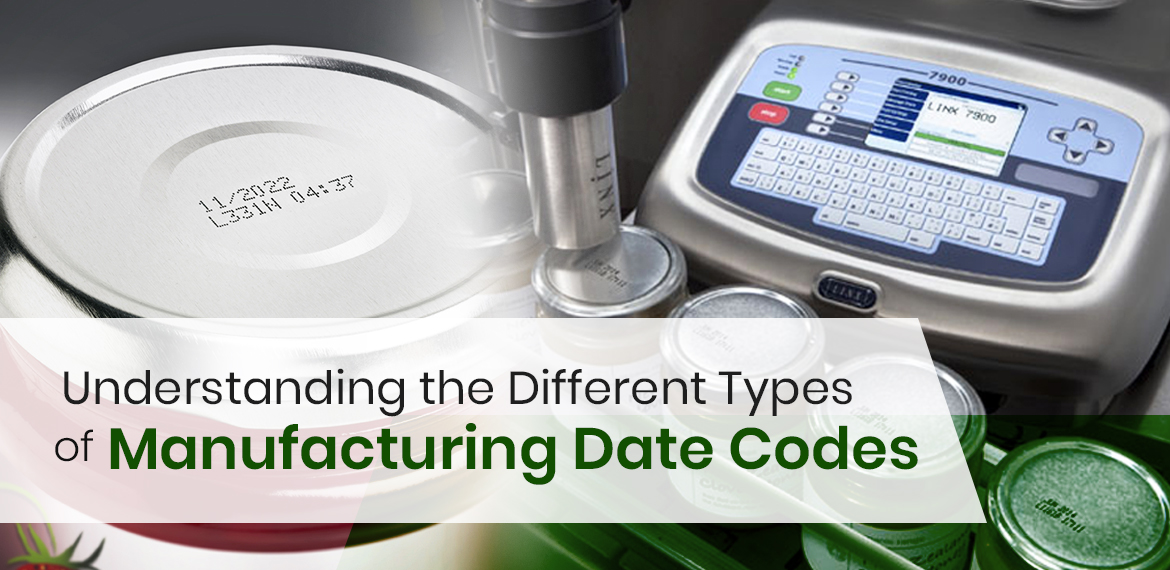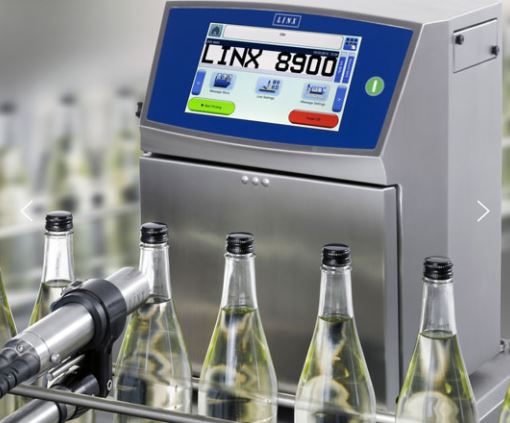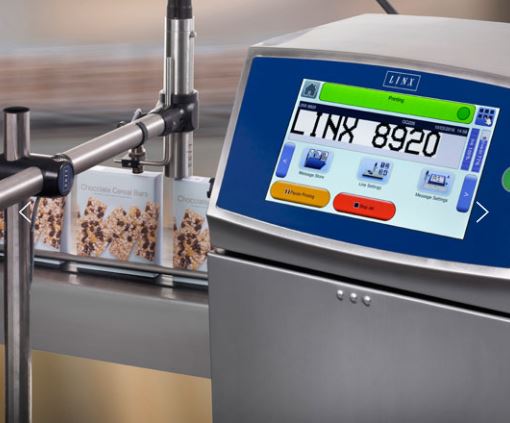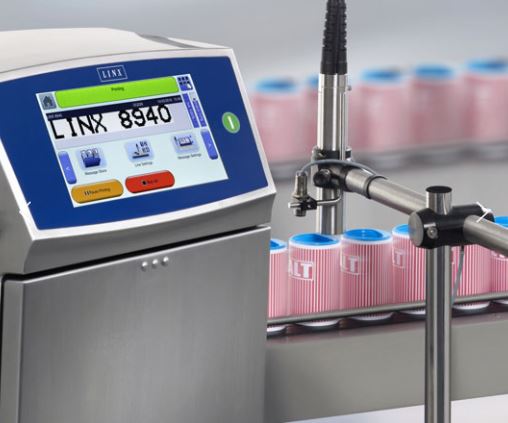Ever wondered what the different manufacturing date codes affixed on products mean and why they are important? Whether you are a manufacturer or a consumer, manufacturing date codes bring benefits and are often associated with quality and safety. As a manufacturer, you’ll need them to ensure that your products are in their best condition upon reaching consumers. On the other hand, consumers use date codes as a reference when determining product safety.
There’s more that you need to learn about manufacturing date codes. Read on to know their types and meanings.
2 General Types of Manufacturing Date Codes
1. Open Date Codes
This is a type of manufacturing date code that is commonly seen in food and beverages, as well as meat, poultry, and dairy products. It indicates the date when the product remains in its best condition. Open date codes may be required but there are also products that voluntarily include them.
Open date codes come in different types. Listed below are some of its examples.
Manufacturing Date
This open date code may appear as MFG on product labels. It shows the date when a product was produced or manufactured.
Packaging Date
This code refers to the date when a product is packed for the first time before it is distributed to the market or sold to consumers.
Expiration Date
Also called “Expiry Date”, this type of manufacturing date code shows a pre-determined date after which a product is no longer ideal to be used or consumed. It indicates the anticipated shelf life, especially of perishable products.
Best Before Date
A type of manufacturing date code that refers to product quality wherein a consumer may still use a product after the date indicated depending on one’s discretion. The date also serves as a guide when a product is still good to consume but no longer in its best condition or has already degraded from its optimal quality. This may also be presented as BBE or “Best Before End”.
Use-by Date
Often be followed by the day and/or month which serves as a guide to tell the last recommended date when the product can still be consumed. Although products may still be used after the indicated date, consumers must be aware that they need to be cautious especially when dealing with food products. Using them beyond the date means safety and quality are no longer guaranteed and there may already be changes in the product’s condition.
2. Closed Date Codes
Unlike open date codes, this type of manufacturing date code is intended for the sole use of manufacturers. These are packing numbers that do not intend to provide information about product safety and has little impact on product quality.
Closed date codes are unique. They are usually represented by a series of numbers or letters to indicate the date or time of manufacture. They are most useful as a reference when rotating stocks or tracking products in case of a product recall.
ALSO READ: 4 Types of Date Coders to Match Your Operational Requirements
Manufacturing date codes serve different purposes and each one plays an important role that both manufacturers and consumers may find useful. If you are looking for date coding machines for your production line, there are several options that you can choose from to meet your requirements.
Contact Elixir today so we can assist you in finding innovative date coding machines that perform according to your demands.




